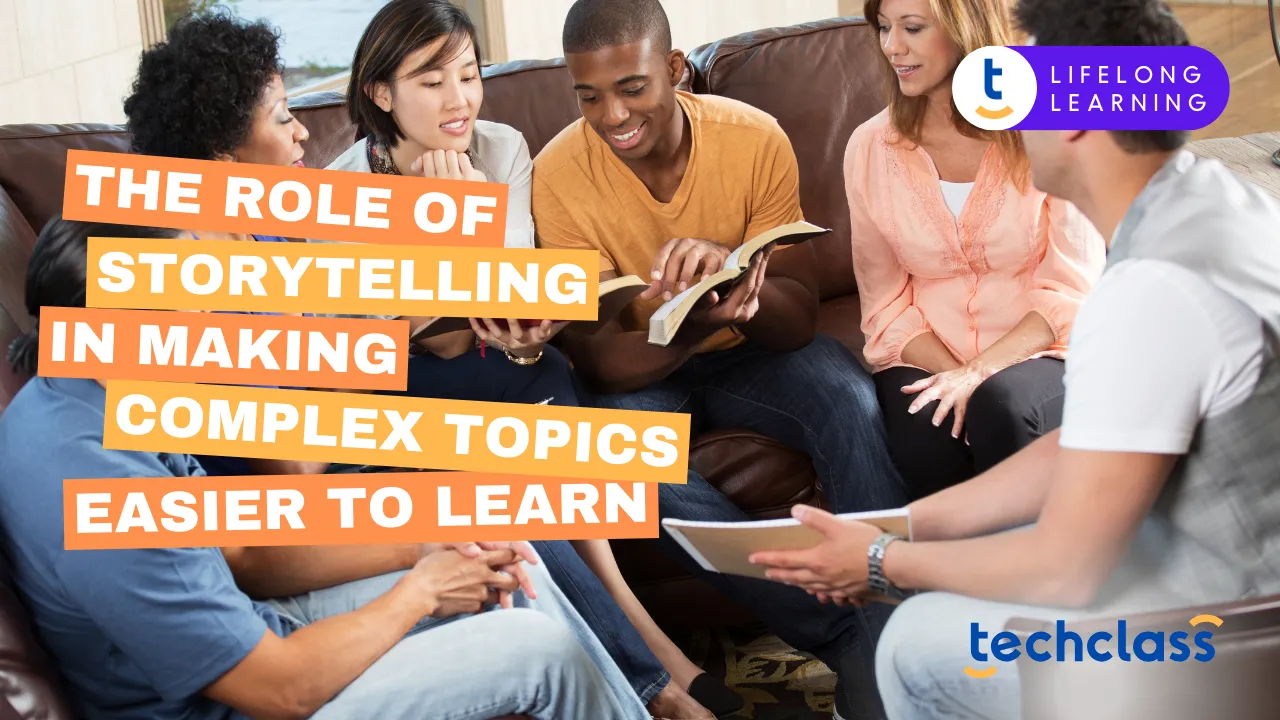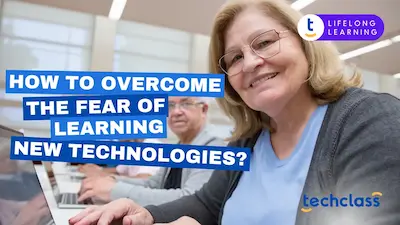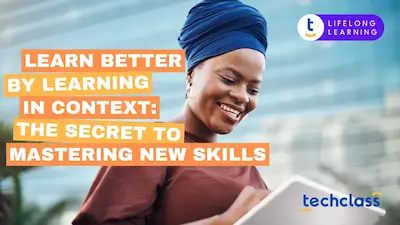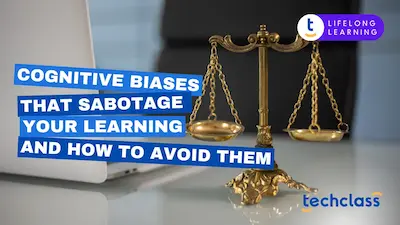
From cave paintings to cosmic discoveries, storytelling has been our constant companion in the pursuit of knowledge. As learners navigating an ever-evolving world of ideas, theories, and technical jargon, we instinctively turn to stories, not because they simplify reality, but because they make sense of it. Storytelling isn’t just a nice addition to learning; it’s how humans are wired to absorb, process, and remember information. It transforms the overwhelming into the understandable and the abstract into something meaningful.
At its core, storytelling is more than entertainment, it’s a survival mechanism passed down through generations. Long before textbooks, humans shared life-saving knowledge through spoken tales, dramatic gestures, and cave drawings. These stories helped us understand where to find food, avoid danger, and navigate the social dynamics of early society.
Modern neuroscience confirms that our brains are still tuned into stories. When we hear a narrative that resonates with us, it triggers neurochemicals like dopamine and oxytocin, making us feel engaged, empathetic, and connected. This chemical response not only draws us into the story but also strengthens our ability to remember and act on what we’ve learned. That’s why you’re more likely to remember a friend’s dramatic retelling of a job interview than a dry list of interview tips.
One of the biggest challenges in learning, especially as an adult, is tackling complex or unfamiliar topics. Whether it’s climate science, quantum physics, or emotional intelligence, abstract content can feel like a puzzle with missing pieces. Storytelling fills in those gaps by placing complex ideas within a context we can relate to.
Instead of presenting information as isolated facts, storytelling gives it structure and meaning. Concepts are introduced through situations that mirror real-life contexts or relatable human experiences, making them easier to understand and remember. Through narratives, abstract content becomes tangible, helping learners visualize how ideas work, why they matter, and how they apply beyond the theoretical.
When we listen to a story, we don’t just observe it, we live it. We step into the shoes of the characters, feel their struggles, and share in their triumphs. This is why storytelling is particularly effective in teaching not just facts, but also decision-making, empathy, and problem-solving.
Scenario-based learning leverages this power directly. Imagine being asked, "You’re managing a team that’s losing motivation. What would you do?" Rather than memorizing a list of management strategies, you’re placed in the middle of the action. You think critically, apply knowledge, and explore consequences, all through the lens of a story. This immersive approach mirrors real-life situations more closely than static instruction ever could.
Sometimes the biggest obstacle in learning is simply figuring out where to begin. That’s where stories can act as a map. A well-structured narrative, complete with a beginning, conflict, and resolution, naturally guides the learner through a journey. Each step in the story aligns with a concept or idea, and by following the character’s path, the learner absorbs the content in a logical and engaging sequence.
For example, a story about a day in the life of a sales representative can illustrate multiple professional concepts at once: from handling customer objections to managing a tight schedule. By embedding lessons into the flow of events, the learner sees how knowledge plays out in real life and builds mental links that help with retention.
Facts on their own rarely stick, unless they come wrapped in emotion. That’s what stories do so well. Whether it’s a tale of failure that teaches resilience or a personal account of success that inspires action, emotionally charged stories leave an imprint. They don’t just inform; they shape our perspective and motivate us to grow.
This emotional connection is also a gateway to empathy. Hearing stories from diverse backgrounds and cultures allows learners to understand experiences far removed from their own, fostering broader perspectives and social understanding. This kind of learning extends beyond any classroom or learning environment, it cultivates the emotional intelligence we need to thrive in our personal and professional lives.
One of the greatest strengths of storytelling is its adaptability to different learning styles. Visual learners create mental images as the plot unfolds. Auditory learners absorb tone and rhythm. Kinesthetic learners resonate with the emotions and physicality of the characters. Whether you're reading a book, watching a video, or listening to a podcast, stories meet you where you are and make learning a deeply personal experience.
In the real world, we don’t just learn by seeing what works, we learn by seeing what doesn’t. Stories give us safe spaces to experience both. By following characters through missteps and recoveries, learners see the value of resilience, reflection, and course correction. This dual exposure helps internalize both best practices and common pitfalls, lessons that stick because they’re experienced emotionally, not just cognitively.
Storytelling isn’t just for schoolchildren or fiction lovers, it’s a lifelong companion for every learner. As adults navigating new careers, technologies, and life transitions, we still lean on stories to make sense of unfamiliar terrain. They help us learn not only what to do, but why it matters and how to apply it.
And perhaps the most empowering aspect? We are not just consumers of stories, we are creators of them. Every new skill we acquire, every challenge we overcome, and every lesson we pass on becomes part of our own narrative. When we understand our learning as a personal journey, full of characters, conflict, and growth, we unlock a more meaningful, lasting connection to knowledge.
Storytelling transforms learning from a mechanical task into a human experience. It helps us understand the complex, feel the abstract, and apply the theoretical. In a world where knowledge is constantly expanding, stories don’t just help us keep up, they help us care. And that, more than anything, is what keeps us learning for life.


